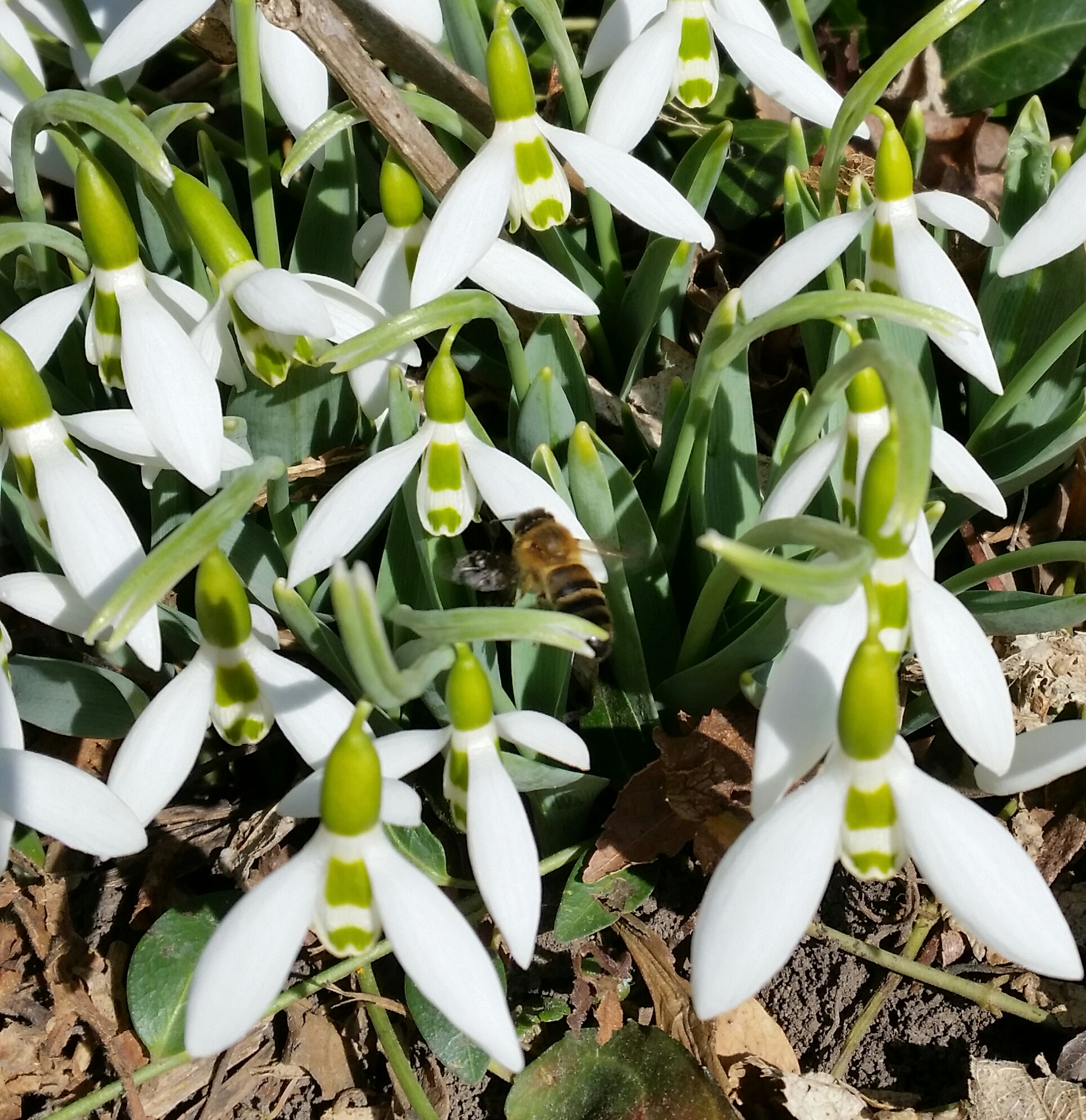February has been very dry with up and down temperatures. With the warm, dry weather I have received many calls asking, “Should I be watering the lawn and landscape plants?” The answer is yes, it is a good idea to water, if the ground is not frozen.
Wildlife will also benefit from adding water to the landscape and habitat. Keep bird baths and water features filled with clean water. A heated pet dish would be helpful when the temperature dips. Place a rock in these water features to provide a shallow perch for honey bees and birds. Honey bees will visit these water features when the temperature is above 45 degrees F.
MJ Frogge





























